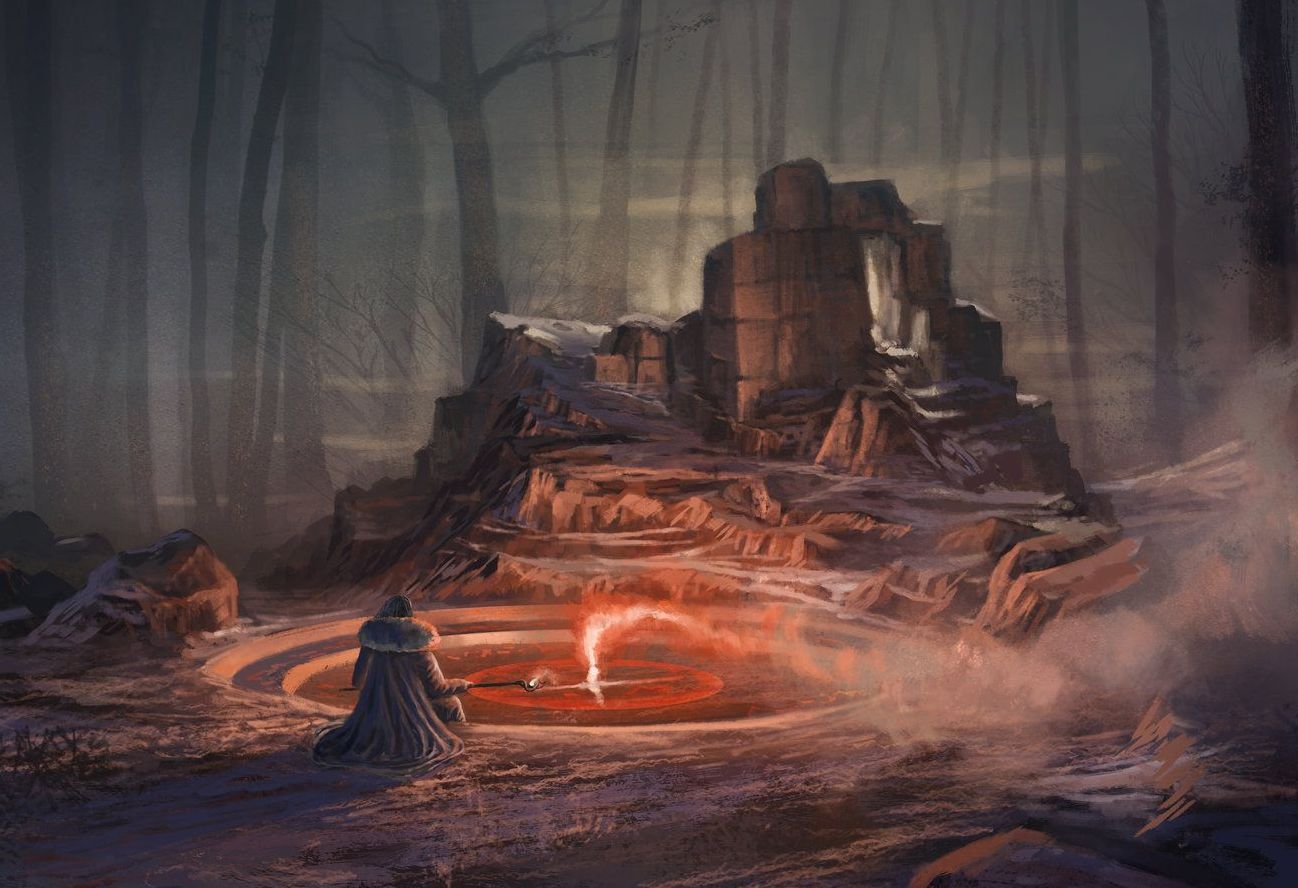Ritual Slaughter (sage ability)
Ritual slaughter is an amateur-status sage ability in the study of Divination, describing a sacred and skillful practice related to the slaughtering of animals for the purpose of sacrifice and obtaining guidance. There are numerous forms of ritual slaughter, each carrying its own symbolism, tradition and methodology.
This practice is limited to religions that consider it suitable. Characters possessing between 10 and 29 points of knowledge are classified as "neophytes." Their role is primarily limited to the preparation of the animal's meat for consumption in accordance with the appropriate religious customs. The act of divination from the animal's entrails requires a character to have 30 knowledge or more.
Curiously, there's a belief held by certain practitioners that when animals are designated for divination, it's ideal for a neophyte to perform the slaughter. It's said that this approach results in a "cleaner" and more pristine sacrifice, thereby safeguarding the integrity of the subsequent divination reading. This belief underscores the intricate nuances and spiritual considerations intertwined with this sacred practice.
Cultural Examples
Ritual slaughter is a practice observed in diverse regions worldwide, where communities perform specialized and culturally significant methods of animal sacrifice or preparation. These rituals are deeply rooted in religious traditions.
Shechita
This form of ritual slaughter is a vital component of Jewish dietary laws. It involves a skilled practitioner, known as a shochet, who employs a specially designed knife to swiftly and precisely sever the animal's throat, ensuring minimal suffering and adhering to strict religious guidelines. The process is imbued with deep spiritual significance, as it symbolizes the sanctity of life and the reverence for the animals sacrificed.
Jhatka
Jhatka is a distinct practice observed by certain Sikh and Hindu communities. Unlike Shechita, Jhatka involves a single, powerful stroke to swiftly decapitate the animal, intended to minimize any pain and distress. This form of ritual slaughter reflects a unique spiritual perspective within these traditions, emphasizing the importance of humane treatment in the act of sacrifice.
Naturally, within D&D there are many possibilities for what sorts of sacrifices and sacred places where this is done, commensurate with the nature of humanoids and other profound beings associated with the bestiary.
Divination
Characters of sufficient knowledge may obtain certain forms of information from the animal's inspected entrails, which is given through a vision to the slaughterer. This vision occurs upon the death of the animal and has the benefit of always being accurate. Answers are limited to the following queries, though there's room for an careful expansion of this list:
- Identity of an unknown enemy: uncover the true identity and motivations of a mysterious adversary. Armed with this knowledge, the party can confront the enemy, but it raises questions about the enemy's ultimate goals and alliances.
- Fate of a missing person: the party glimpses the location of someone who's location is unknown, enabling the possibility of recovering the person if alive, or knowing for certain that the person is not.
- Truth behind a cryptic riddle: deciphers the cryptic riddle given by a mystical seer, unveiling a profound message that holds the key to understanding a larger prophecy. Depending on the riddle, this may explain the party's further actions, or without context knowing the answer to the riddle may require further investigation to understand the deeper enigma.
- Cure for a disease or other physical malady: unveils the restoratives or treatment needed to restore one or more individuals to health or normalcy. The entrails also give hint of the next steps towards the location of things that are wanted, or the being that must be addressed. The divination includes situations where a cursed item has asserted its effect upon a hapless victim.
It's important to understand that the slaughter cannot be committed in some random place, but must be done in a sacred place that's appropriate to the form of slaughter that's employed.
